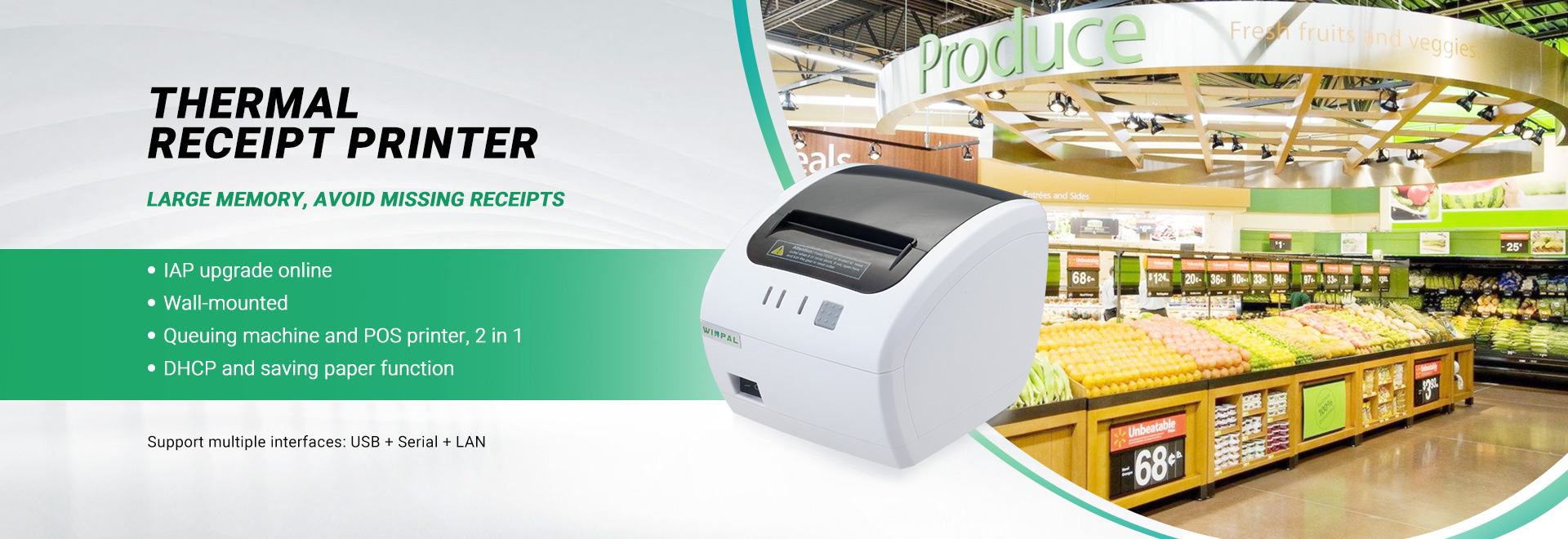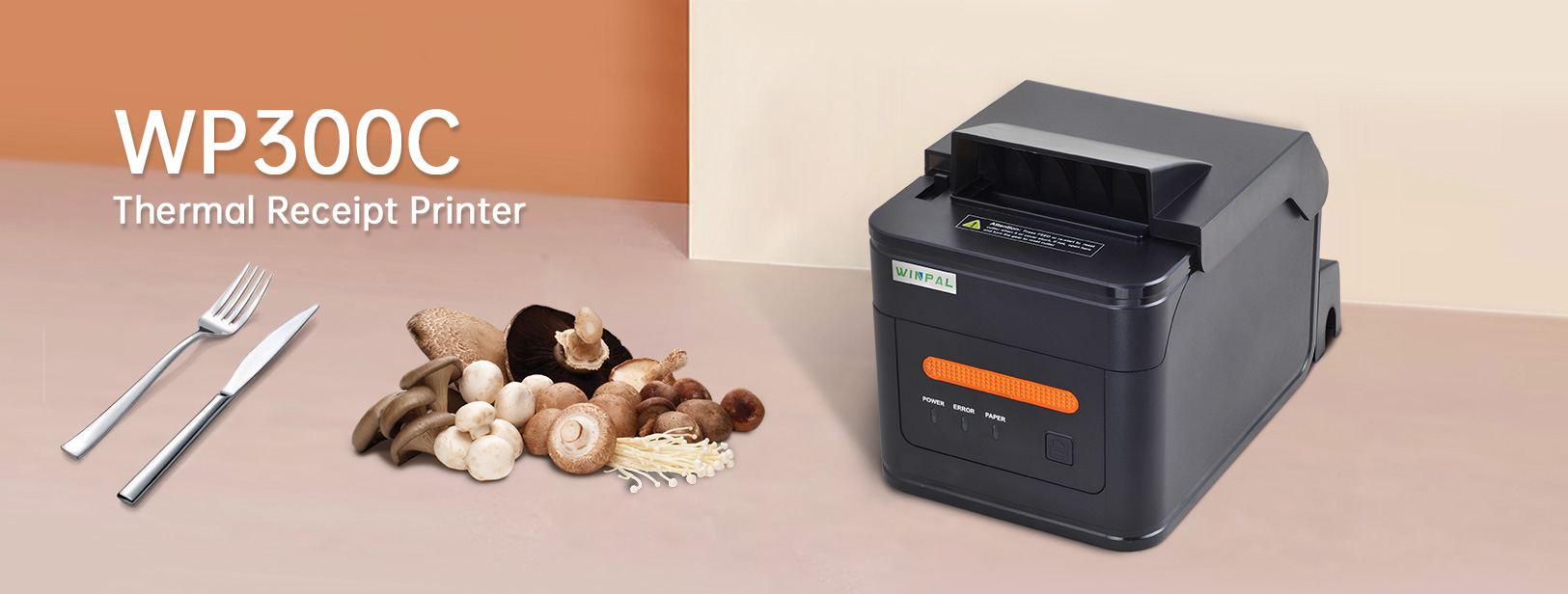The principle of thermal printer is to cover a layer of transparent film on light color materials (usually paper) and turn the film into dark color (generally black or blue) after heating for a period of time. The image is generated by heating and chemical reaction in the film. This chemical reaction is carried out at a certain temperature. High temperature will accelerate this chemical reaction. When the temperature is lower than 60 ℃, it takes a long time, even several years, for the film to turn dark; When the temperature is 200 ℃, this reaction will be completed in a few microseconds. The thermal printer selectively heats the determined position of the thermal paper, resulting in the corresponding graphics. Heating is provided by a small electronic heater on the print head in contact with the thermal material. The heaters are arranged in the form of square points or strips, which are logically controlled by the printer. When driven, a graph corresponding to the heating elements is generated on the thermal paper. The same logic circuit that controls the heating element also controls the paper feed, so that graphics can be printed on the whole label or paper.
The most common thermal printer uses a fixed print head with a heated dot matrix. The print head has 320 square points, each of which is 0.25mm × 0.25mm. Using this dot matrix, the printer can print points at any position of thermal paper. This technology has been used in paper printers and label printers.
Winpal have thermal receipt printer, label printer and mobile printer
, with 11 years manufacturer experience to help you extend market share. Do not hesitate to contact us.
Post time: Sep-09-2021





